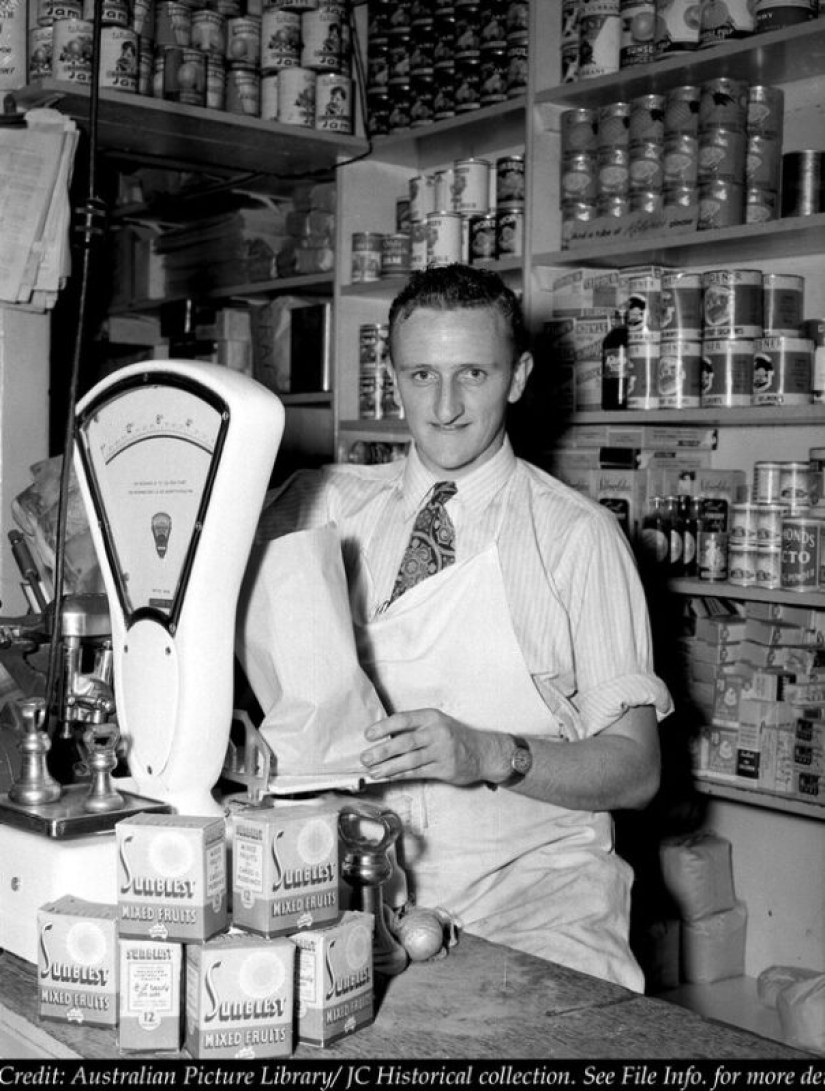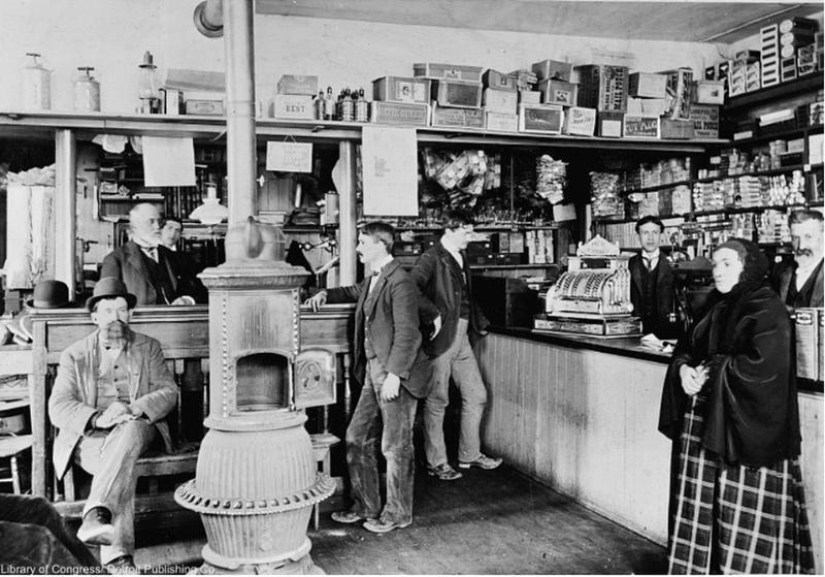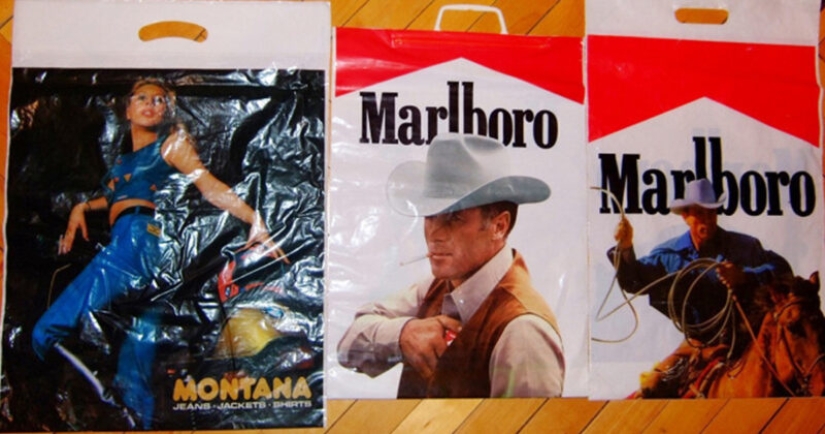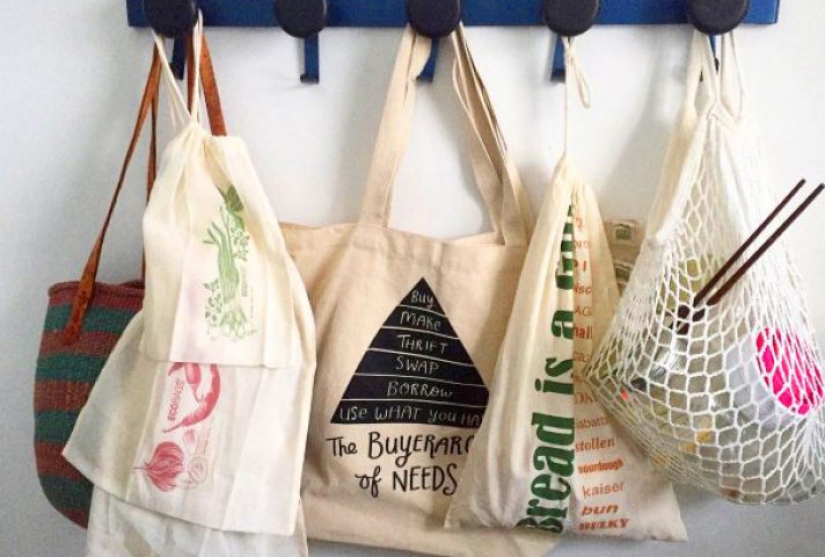The Story of a Bag of Bags: How Precious Packaging Became an Enemy of Humanity
By Pictolic https://pictolic.com/article/the-story-of-a-bag-of-bags-how-precious-packaging-became-an-enemy-of-humanity.htmlUntil recently, a bag with bags was in every home and could be considered a symbol of established domestic life and well-being. It was believed that if there were bags, it meant that something was brought in them, and that was already good. Today, this artifact is less common, but not at all because of the decline in our purchasing power. We simply began to treat bags differently and for many, it has turned from a friend and helper into a real enemy.

Before the advent of all kinds of packages, humanity made do with a variety of packaging and containers. Products, materials, and waste were transported in sacks, paper bundles, baskets, wheelbarrows, trays, and carts. Sometimes even the hem, that is, the lower part of a woman's dress, was used - anything that could be filled and held was used.

At the beginning of the 19th century, there was a major breakthrough in the packaging industry. The restless English, who were constantly inventing something, created paper bags. Then they found this not enough and modernized their brainchild, making a bag with a flat bottom, which is now fashionably called "kraft".
Shopping became more enjoyable and productive, because you can always carry more in a bag than in a sack, pockets or hem. Then someone thought of attaching handles to the English invention and shopping became more productive. Now you could take a full bag in each hand, and if necessary, hang another one on the crooks of your elbows.

Shop assistants and grocers were also happy - they started buying more, and besides, it was possible to place an advertisement on the bag. But paper bags had several serious drawbacks - short life, lack of moisture resistance and rapid loss of marketable appearance. In fact, this packaging was disposable, or designed for 2-3 uses.
At the end of the 19th century, paper bags reigned supreme in trade and everyday life, and no one noticed that a powerful competitor was being born in the laboratories of scientists. Chemists invented polyethylene, and then cellophane, but there was no talk of using the new materials as packaging. The new substances were so expensive to produce that they could only be used to pack diamonds.

The era of polyethylene bags began only in the 1950s, when the polymer material was mass-produced. In Great Britain, the era of supermarkets had just begun, and the new product, which had not been used for more than half a century, came in very handy. But the first polyethylene bags were not intended for customers - they were used to store goods so that they would not spoil. Such packaging was not suitable for carrying products due to its low strength.
Bags became widely available in American department stores - resourceful Yankees found a way to make polyethylene resistant to tearing and stretching. Of course, the next important step was to invent a way to apply advertising to polymer packaging, because in the USA it could not be otherwise.
When the whole world, civilized and not so, was already going to the store with plastic bags, in the country of victorious socialism, as in the late 19th century, the paper bag reigned supreme. Although no, Soviet citizens were helped to carry heavy purchases by woven nets - "string bags", which became one of the symbols of an entire era.

The first plastic bags appeared in the 70s and immediately became... a symbol of the good life. The country that built rockets, nuclear icebreakers and metallurgy giants did not produce consumer polymer packaging, as, incidentally, did not produce much else. Polyethylene bags entered the country in the luggage of the lucky ones who managed to visit abroad, and also with sailors who "went abroad".
A plastic bag, especially one with a catchy colored pattern, became a status item. It is absolutely clear that if a citizen walks around with a bag, then either he himself or his relatives and friends have been "there". Bags have become a hot commodity among black marketeers. Americans and Englishmen would be surprised to learn that a Soviet citizen could pay 25 rubles, i.e. a quarter of the average Soviet salary, for an ordinary bag with a Marlboro advert.

The bags were cherished and nurtured, but sooner or later they would lose their appearance and even tear, driving their owner to despair. Resourceful "homo-sovieticuses" got out of the situation as best they could - they sealed the holes in the polyethylene with irons and even darned them, and in order to relieve the weakest point of the product - the handles, they put those same string bags inside.
Soviet "know-how" also appeared - plastic overlay handles, the production of which was quickly mastered by underground workshops and even some state enterprises. Using all sorts of tricks, the bags were used for years, because not everyone had the courage to throw away even a terrible, worn-out product.

Now some wits joke that the decline began with plastic bags. Citizens sold out for bags and carried their country in them straight to the dustbin of history. It is quite possible that this joke is only partly a joke, because bags actually became the first products of "decaying capitalism" available to the average citizen of the Union.
Now we can confidently say that the best times of plastic bags are in the past. Even the most attractive examples of this packaging very soon end up crumpled in a secluded corner of the kitchen or hallway. From there they are taken out not for a pompous stroll with a girl down the street, as in the 80s, but to be loaded with waste and taken to the trash.

We completely ignore the stock phrase of cashiers and salespeople, "Do you need a bag?", which thirty years ago would have sounded like music. Large retail chains, selling bags for pennies, earn billions on them, without caring at all about their future fate.
Meanwhile, the bag has gradually turned from a friend into an enemy and a murderer. The planet is suffocating from polyethylene, and in many countries, such as Kenya, you can get a prison term for importing a plastic bag. In 2019, Russia banned the distribution of bags in stores for free, and England and Germany banned them from trade, allowing their use only as a garbage container. Asia, which leads in the consumption of all types of plastic, is also fighting against bags.
Plastic decomposes in nature for up to 1,000 years, so even our great-grandchildren have a good chance of seeing the very first plastic bag produced on our planet. With the same zeal with which scientists at the beginning of the 20th century tried to make bags strong and durable, modern geniuses of chemistry are working to find a worthy replacement for this packaging.

The future belongs to biodegradable materials and… paper again, but made from recycled materials. String bags and hipster canvas bags are back in fashion and who knows, maybe the forgotten word “podol” will soon come back into use.
Recent articles

In early 1960, American photographer and journalist Carl Midans, commissioned by LIFE magazine, made a series of stunning color ...

The seemingly dangerous photos were actually taken under the close attention of trainers. This is how the shots turned out with a ...

Scenic and wild homeless have become an integral part of the landscape of the big city. Wherever there are horizontal any surface ...